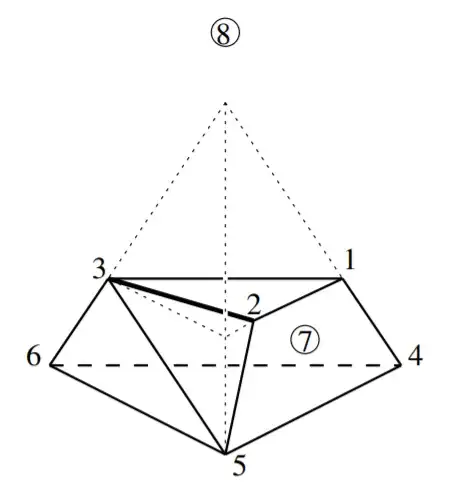A spherical polytope is the intersection of some closed hemispheres which is non-empty and does not contain a pair of antipodal points. A spherical complex is a tiling of the whole (d−1)-dimensional sphere by spherical polytopes. Equivalently, it is the complex obtained by intersecting a complete polyhedral fan with the a (d−1)-dimensional sphere centered at the vertex of the fan.
We know that every combinatorial information of a spherical complex can be realized as a convex polytope in dimension 3 by considering the so-called canonical polytope. The proof from Wikipedia seems to depend on the circle packing theorem and the midsphere theorem.
So my question is:
Is any spherical polytope of dimension $n$ isomorphic to a convex polytope as abstract polytope for $n > 3$?
According to This question the midsphere theorem is still unknown for higher dimension, so I suspect there is a counterexample. Any idea or reference is appreciated.
EDIT:
(1) The definition of spherical polytope is edited several times (see the discussion on comment)
(2) I just saw this wiki where it is stated that "convex polytopes in p-space are equivalent to tilings of the (p−1)-sphere." which seems to give a positive answer of my question, but no reference is provided there.
